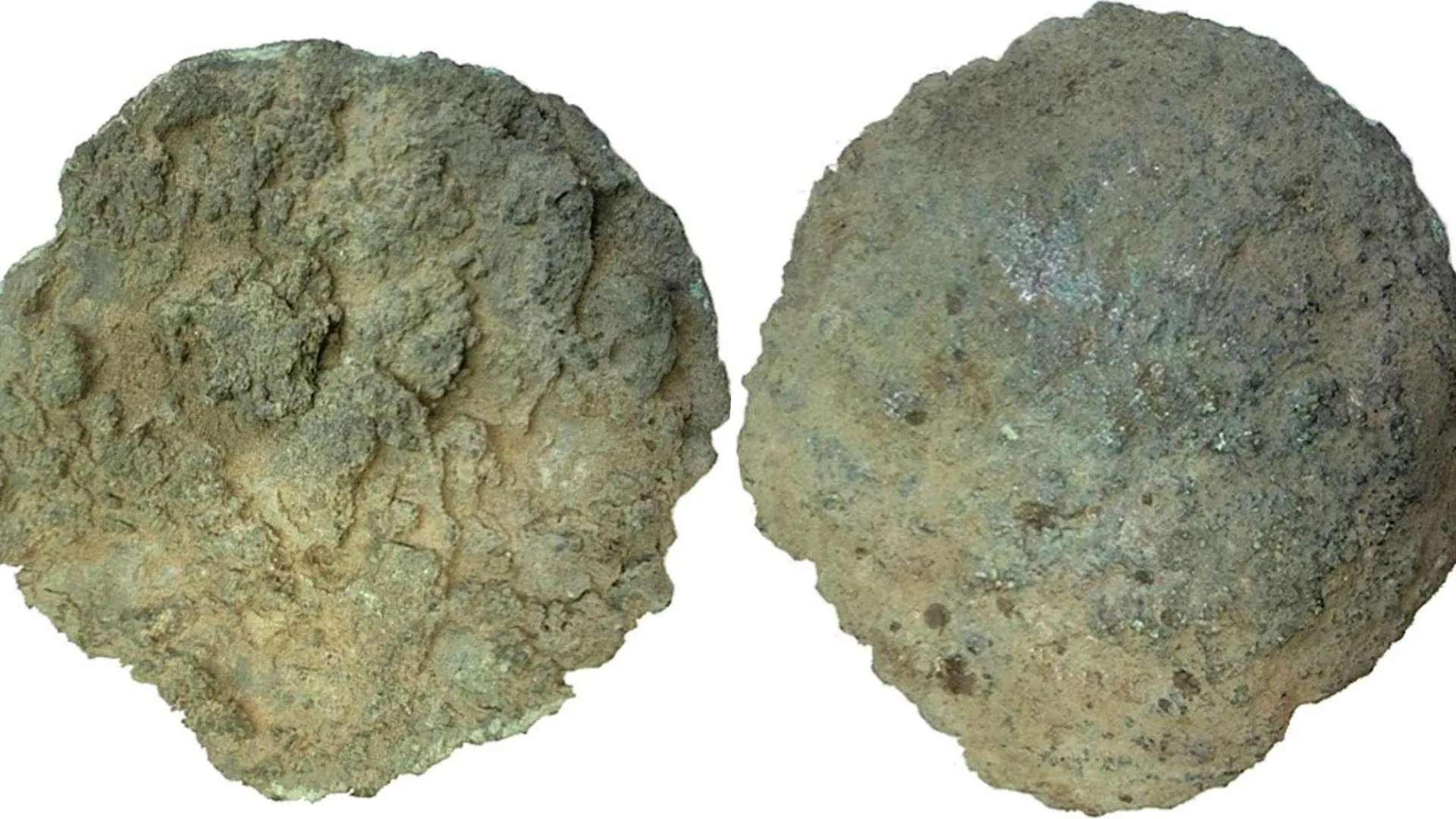BREAKING: A groundbreaking discovery in Sweden is dramatically altering our understanding of Iron Age history. Researchers at the University of Gothenburg have confirmed that a plano-convex ingot, previously thought to be from the Bronze Age, actually dates back to the Iron Age, revealing ancient trade connections across the Baltic Sea.
During analyses conducted on November 23, 2025, scientists discovered that the ingot’s composition—a copper-zinc-tin-lead alloy—matches similar Iron Age artifacts found in Poland. This significant finding points to long-distance trade relationships, showing how metal objects served as vital links between cultures in ancient times.
The Särdal ingot, the first complete plano-convex ingot uncovered in Sweden, was initially misclassified due to its shape and size. Research lead Serena Sabatini stated, “Due, in particular, to its shape and size, it seemed to us a Bronze Age artifact, but the ingot turned out to be made of a copper-zinc-tin-lead alloy, typical of the Iron Age and later periods.”
Plano-convex ingots have historically been utilized for transporting metal across Europe, especially along the Mediterranean and Atlantic regions. The reevaluation of the Särdal ingot reveals a broader narrative of ancient networking and trade.
Researchers assumed the artifact belonged to the Bronze Age due to its isolated recovery. However, advanced chemical and isotopic testing overturned their initial findings. The collaboration with Polish scholars, who analyzed similar Iron Age finds, was crucial in establishing the historical significance of the Särdal ingot.
“This case demonstrates that even isolated artifacts can gain meaningful historical context through careful study,” Sabatini emphasized. “Networking and international collaboration are essential to unveil patterns that would remain unknown if viewed solely from a local perspective.”
The research team employed established archaeometallurgical techniques, including lead isotope analyses, to trace the origins of the metal used in the ingot. The remarkable similarity in metal composition among the artifacts strengthens earlier theories about extensive contacts and exchanges in the Baltic region during the Nordic pre-Roman Iron Age.
This study, published in the Journal of Archaeological Science, showcases how interdisciplinary approaches can transform isolated finds into vital clues about ancient societies.
As archaeologists and historians dissect these findings, the implications of this discovery extend beyond mere academic interest; they reshape our understanding of cultural interactions and trade networks in ancient Europe.
Stay tuned for more updates as researchers continue to explore the implications of this extraordinary find. This significant discovery not only enhances our historical narrative but also underlines the importance of global collaboration in archaeological research.







